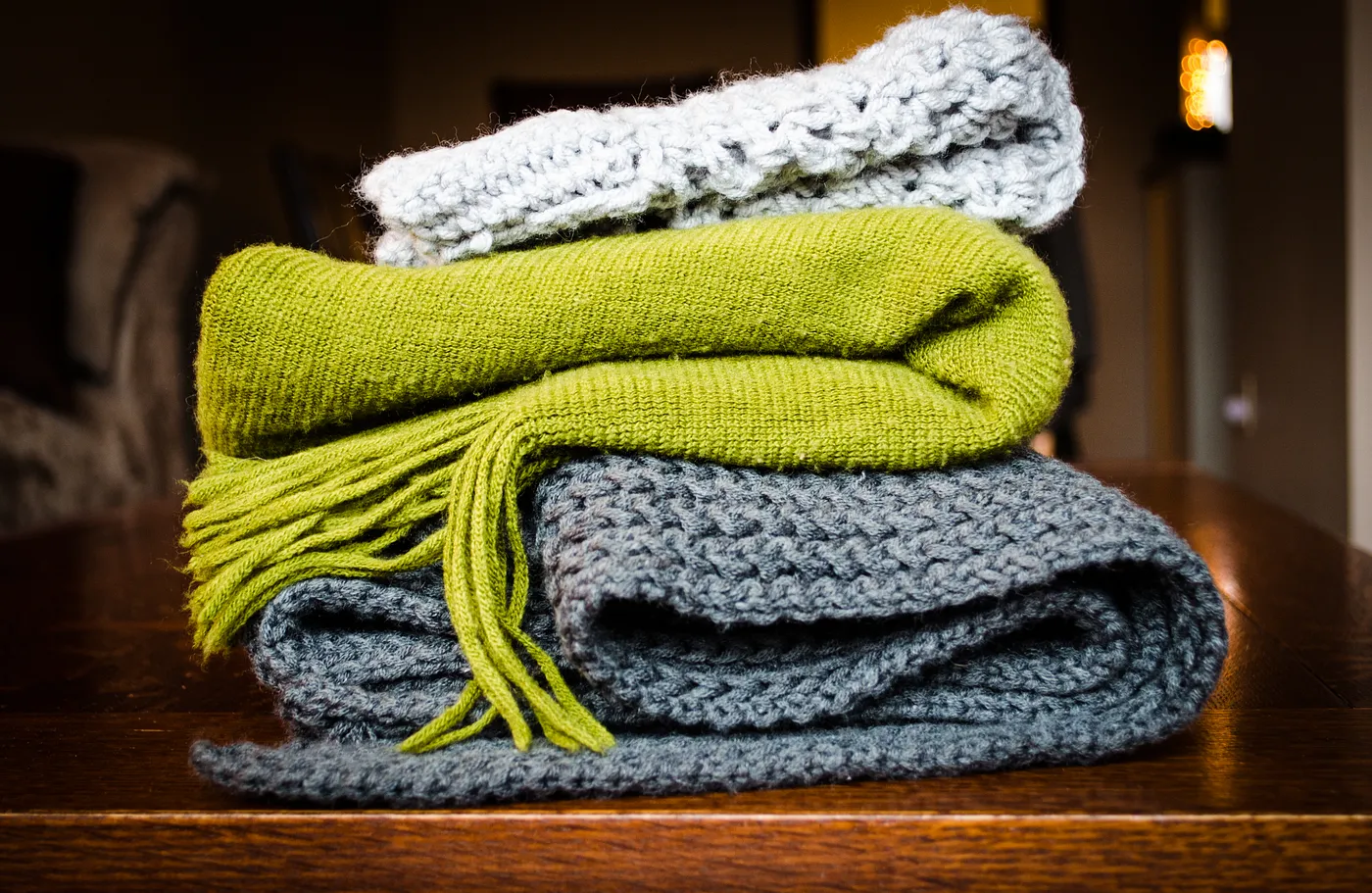“I don’t need any props, this isn’t my first rodeo”, as the saying goes.
For the majority of us, when we walk into the studio and see props, we instantly think the class is going to be easy or is primarily constructed for beginners.
However, that’s NOT the case!!
Whether its Vinyasa, Hatha, Ashtanga or a Power class, whatever style suits you in the moment, bringing at least one prop along for the ride can heighten your practice!
Props do not lessen your practice, they actually ENHANCE!
Yogacharya B.K.S. Iyengar, also known as the “Michelangelo of Yoga,” not only a wordly respected Yogi across the globe, also widely recognized as yoga’s foremost exponent. B.K.S. Iyengar IS the reason we have props today.
About the mastermind himself….Iyengar was born on December 14, 1918. Health wasn’t invariably in his favor, a weak and sickly baby who suffered a litany of diseases as a child. By thirteen he had been sick with malaria, tuberculosis, and typhoid; Iyengar described his physique as “sickly” with thin arms and legs, a protruding stomach and a heavy head. Yoga had helped to improve his own health, once becoming a teacher Iyengar was unable to turn anyone down, people of all ages and abilities sought instruction from him including many with ailments.
In succession, he used his in-depth knowledge of the mortal body to modify and adapt the poses, making yoga accessible to all. He developed the use of props such as ropes, belts, blocks, and bolsters to help the elderly, weak and inflexible experience therapeutic effects of yoga. In recognition of the differing needs and abilities of each individual, Iyengar devised the use of “props” to help perfect, and correct the alignment of the poses without strain, facilitating the practitioner to experience an inward journey of self-discovery.
MENTAL NOTE:
“If the body collapses, the mind cannot hold on. I am doing poses with sheer willpower to maintain both body and mind.” B.K.S. Iyengar
What does that actually mean?
For example next time you perform Utthita Trikonasana (extended triangle pose) observe if the torso is collapsing, by trying to touch the bottom hand to the floor. Instead of compromising the pose, place a block underneath your bottom hand.
THE CHALLENGE,
Stay light as a FEATHER with your bottom fingertips brushing the block, engage your obliques, your core, activate your feet and inner thighs, drawing your feet towards one another or drawing the feet in the direction of the center line, to reduce collapsing. Not only will you FEEL the posture more, but you will achieve the proper engagement keeping your physical body safe, as well as aligning the energetic body…alignment is everything.
Over time after using the block and building strength properly, remove the block from beneath your hand and with proper alignment & engagment the hand will touch the floor, neck will be aligned with the spine, while still maintaining a soft flowing breath without collapsing in the torso, hips stacked on top of one another as if the torso, head were in between two walls.
Solely give it a go, if you’re someone who thinks a block isn’t necessary in Trikonasana, next practice, follow these steps and see if you feel the engagement and notice the posture to be more strengthening as well as a challenge. You yield nothing for giving it a chance, and if you don’t experience the difference then you are likely a Yogi with the proper strength and flexibility to place your hand on the floor, what you WILL gain is peace of mind knowing your performing the pose safely. :)
AIM of the pose: Strengthen and stretch the legs freeing the spine, clear congestion and disease from the legs as well as strengthening abdominals and obliques, targeting, the hips, hamstrings, and low back.
Practice this pose against the wall to reduce strain aligning the body correctly.
If that’s not enough of a challenge, next time in Tadasana (mountain) pose place a block in between your inner thighs, actively hug the block between your thighs, pulling all of your energy towards your center line, engaging your legs of course, pelvic floor, up into your abdominals. Then observe how long it takes before you start to shake…. Using props in your practice can not only perfect your alignment, but you can strengthen your practice at a more rapid rate while using a block or blocks in simple postures, like Tadasana for example, Utkatasna (chair) pose, Adhomukha Svanasana (downward facing dog).
Yoga asanas (postures, poses) involve extension, exertion, as well as relaxation of the body. More importantly, the aim of the movements is to align the body correctly. Which includes mental alignment, in which the MIND touches each and every part of the body evenly.

Even practitioners of years experience moments of weakness due to fatigue or injury or in need of conserving their energy. In this case using your props you can still achieve the pose while maintaining the integrity of the posture, receiving the energetic and physical benefits of the pose and most importantly keeping the body safe.
Other benefits of props?
Asanas with props build up emotional stability and will power. As stress is reduced, anxiety, fears, and depression also disappear, helping those under emotional strain to cope better with all aspects of their lives. Asanas practiced with the help of bolsters, blocks, stools, or chairs help to relieve many common ailments. They regulate blood pressure, ease breathlessness and asthma, and remove stiffness in the back, hips, knees, and feet, alleviating rheumatism and arthritis.
“Performing Yoga with props frees you from attachment to the body and liberates the spirit”. B.K.S. Iyengar
Yoga props in the studio conclude of the following:
*bolsters
*blocks (foam/wooden)
*straps
*blankets
*wedges
*wall
Yoga props in your own HOME:
*chair
*wooden bench
*stool (high or low) depending on the pose
*wall
Curious as to how you may utilize props in your practice?
Author: Laken Badley